The Climate Pledge, a commitment to meet the Paris Agreement 10 years ahead of schedule, has gained significant traction with over 300 businesses from 51 industries and 29 countries now on board. This marks a remarkable growth of almost 600% in signatories since its announcement by Amazon and Global Optimism. The latest additions include major players such as Maersk, SAP, Weyerhaeuser, Sunrun, and HARMAN, among others.
Climate Pledge signatories must agree to:
- Measure and report greenhouse gas emissions on a regular basis.
- Implement decarbonization strategies in line with the Paris Agreement through real business changes and innovations, including efficiency improvements, renewable energy, materials reductions, and other carbon emission elimination strategies.
- Neutralize any remaining emissions with additional, quantifiable, real, permanent, and socially beneficial offsets to achieve net-zero annual carbon emissions by 2040.
“The effects of climate change are becoming more and more apparent in our surroundings and daily lives, and we firmly believe that the private sector must continue to innovate and collaborate across regions and industries in order to decarbonize the global economy at scale,” said Andy Jassy, Amazon CEO. “It’s an encouraging sign that more than 300 businesses have now signed The Climate Pledge, which commits them to confronting climate change head-on by incorporating real business changes that will make a lasting impact on our planet. We can only do it together.”
Carbon emissions have already been reduced by many of the new Pledge signatories:
Maersk
Maersk is providing industry-leading green customer offerings across the supply chain, including Maersk ECO Delivery, which targets emission reductions in ocean shipping. As of 2020, Amazon participates in this service. As a result of Amazon’s participation in 2021, emissions will be reduced by approximately 20 KTonnes of CO2e (the equivalent of 50 million average passenger vehicle miles).
According to Soren Skou, CEO of A.P. Moller-Maersk, addressing the climate emergency and reducing carbon emissions from our customers’ supply chains is a crucial goal for our company. That’s why we accelerated our efforts in January 2021, committing to achieving net-zero emissions by 2040 – ten years earlier than initially planned and in alignment with the Paris Agreement. To achieve this ambitious target, urgent action is needed from all of us. That’s why we are excited about joining The Climate Pledge alongside some of our key customers. We see this as an opportunity to collaborate, exchange knowledge and solutions, and drive significant progress towards a more sustainable future together.
SAP
Earlier this year, SAP accelerated its goal of reaching net-zero carbon emissions by 20 years.
SAP CEO Christian Klein said, “Climate change is one of the greatest challenges of our time, and now is the time to act.” With the help of technology, we can create a lasting, positive impact on future generations, and SAP is proud to join The Climate Pledge.
Weyerhaeuser
In addition to managing forests sustainably and manufacturing wood products, Weyerhaeuser protects wildlife habitat and serves as a natural climate solution through carbon sequestration and storage, as well as providing a sustainable supply of wood for homes and countless other products. After harvesting, Weyerhaeuser plants 130 million to 150 million trees each year to reforest 100% of its timberlands.
According to Devin W. Stockfish, president and CEO of Weyerhaeuser:“Sustainability has been a guiding principle at Weyerhaeuser for well over a century, and we have long believed that our company has an obligation to make a positive impact in our communities and for society more broadly,” said Devin W. Stockfish, Weyerhaeuser president and CEO. “Our working forests and the sustainable wood products we produce play a critical role in helping to mitigate the impacts of climate change. And as part of our ongoing sustainability efforts, we have published our inaugural, peer-leading Carbon Record and established a leadership position among our North American industry peers by setting an ambitious, science-based greenhouse gas reduction target. Signing on to The Climate Pledge reflects our commitment to achieve these goals and to help lead on the path to net-zero emissions globally.”
The business community must have a clear path forward: Step up and accelerate emission reductions so that we might be able to avoid the worst of the damages yet to come.
Former Climate Chief of the United Nations, Christiana Figueres founded Global Optimism.
Sunrun
Sunrun’s systems have prevented 8.1 million metric tons of carbon emissions, which is equivalent to negating 20 billion miles driven by an average car.
“At Sunrun, people and the planet are our north star,” said Mary Powell, Sunrun CEO. “Since our founding, we’ve helped more than 660,000 customers across the U.S. switch to clean energy and reduce their carbon emissions through our home solar and battery storage systems, and we’re just getting started. We’re laser focused on finding more ways to electrify homes and enable all Americans to take action on climate change, reduce energy costs, and gain energy independence. We are proud to demonstrate this commitment by signing the Climate Pledge alongside other sustainability leaders.”
HARMAN
HARMAN’s strong emphasis on purpose extends to its commitment to sustainability, which is a crucial business pillar. In line with this, HARMAN has set a goal to achieve net-zero carbon emissions across all three scopes by 2040. To actively work towards this goal, the company has established ambitious and measurable short-term targets to decrease emissions, energy consumption, and waste throughout its value chain. Additionally, HARMAN has introduced product lines made from sustainably sourced and recycled materials and plans to switch to 100% renewable energy for all its factories by 2025.
“At HARMAN, we know that driving sustainability is an ongoing journey that benefits from constant collaboration,” said Tom Mooney, HARMAN senior director of Government Affairs and Sustainability. “Each of the other Climate Pledge signatories is as committed as we are to building a more sustainable future and understands the value of working together toward our common goal. We’re excited to be joining forces with this community of innovators and thought leaders to create meaningful change.”
Amazon’s dedication to creating an environmentally responsible business for our customers and the planet is evident in our active involvement in The Climate Pledge. Launched in 2019, this pledge commits us to achieving net zero carbon emissions across our operations by 2040, a decade ahead of the Paris Agreement. Our $2 billion Climate Pledge Fund, which invests in companies that support our mission, has also welcomed BETA Technologies and Infinium into its portfolio. These innovative companies are focused on reducing carbon emissions in the global transportation industry, which was responsible for 7.3 billion metric tons of emissions in 2020. It is worth noting that nearly 13% of signatories to The Climate Pledge come from the transportation, aviation, and logistics sectors, indicating a strong demand for products and services that align with our goal of decarbonization in this critical sector.
The new signatory Pachama, an investee of the Climate Pledge Fund, brings quality, transparency, and scale to nature-based carbon markets. With Pachama, organizations and individuals can compensate for their emissions with confidence by supporting reforestation and forest conservation projects by measuring and monitoring carbon stored in forests over time.
In its latest report, the Intergovernmental Panel on Climate Change calls for immediate action to reduce greenhouse gas emissions, to invest in natural climate solutions, and to mitigate damage.
According to Christiana Figueres, co-founder of Global Optimism and former climate chief for the United Nations, businesses must take action in order to prevent the potential devastation outlined by recent scientific findings. The Climate Pledge, which aims to achieve net-zero emissions by 2040 or earlier, has already gained the commitment of 300 companies. However, this alone is not sufficient to bring about the necessary changes. It is imperative that all business leaders thoroughly understand the science and make swift changes in their operations without hesitation.
As part of their commitment to reach the Paris Agreement 10 years early and become net-zero carbon by 2040, Amazon and Global Optimism co-founded The Climate Pledge in 2019. There are now 312 organizations that have signed The Climate Pledge, signaling a rapid rise in the demand for carbon-reducing products and services.
Discover how all 312 signatories of The Climate Pledge are decarbonizing their businesses.
For more information on what commercial solar can do for your business .
Contact us below.







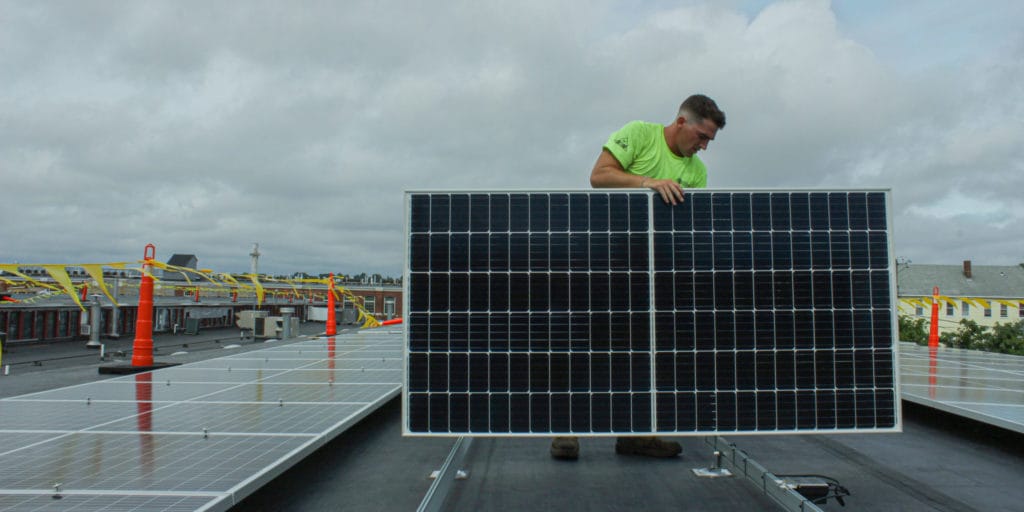
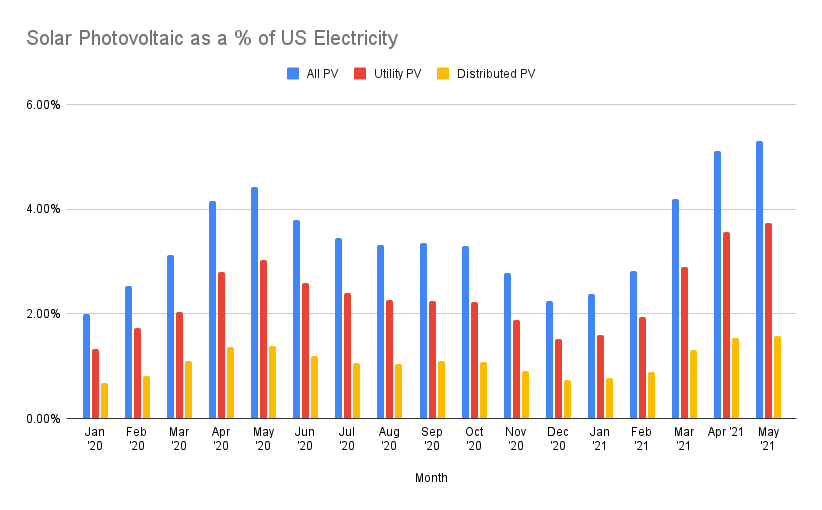
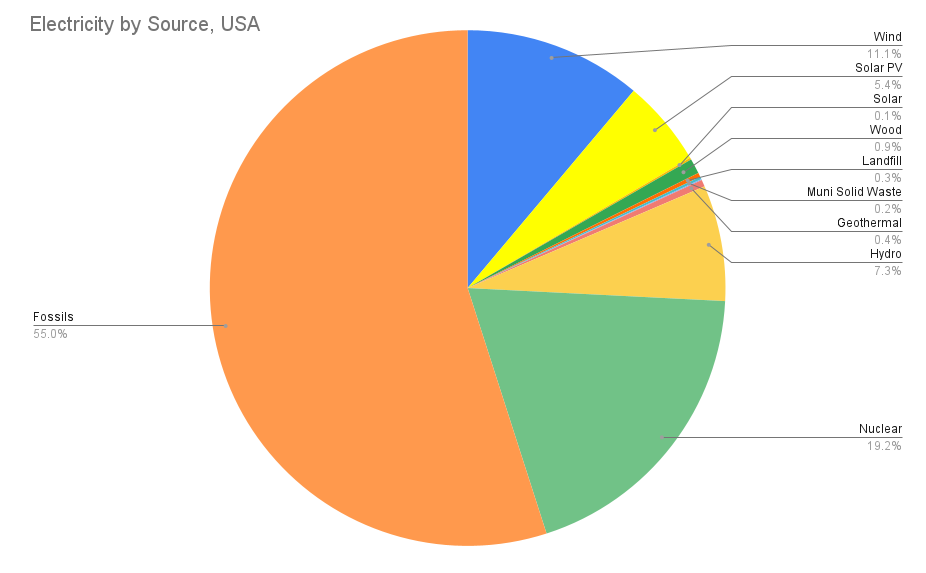
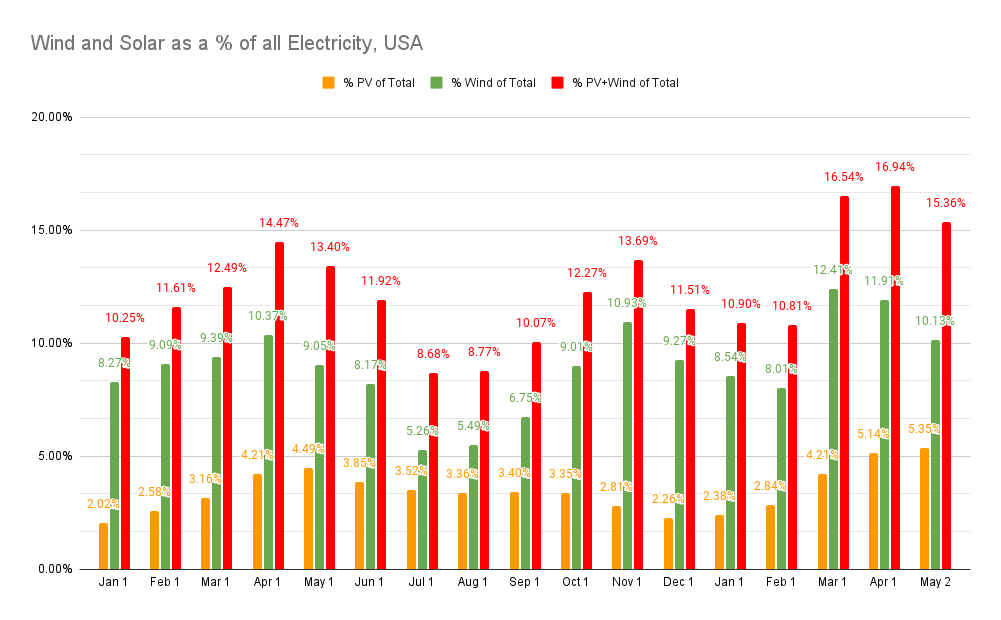
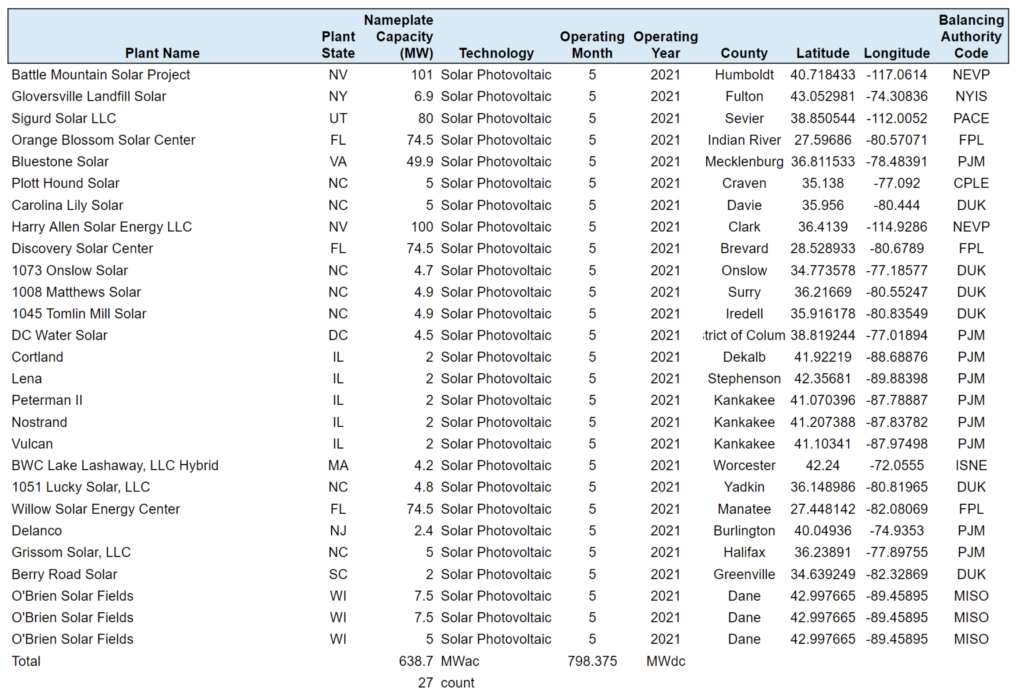





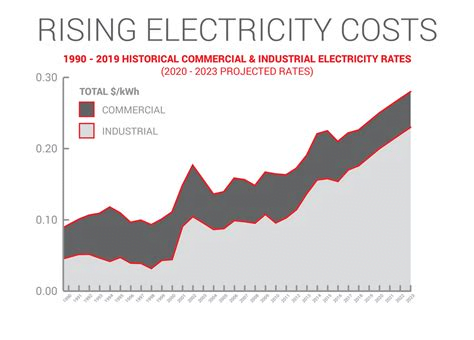 With the ever increasing costs for electric power, the high price of oil and the growing concern for the environment, many businesses are finding alternative sources of energy. Solar renewable energy is a sustainable choice and one that can be used in many commercial situations.
With the ever increasing costs for electric power, the high price of oil and the growing concern for the environment, many businesses are finding alternative sources of energy. Solar renewable energy is a sustainable choice and one that can be used in many commercial situations.